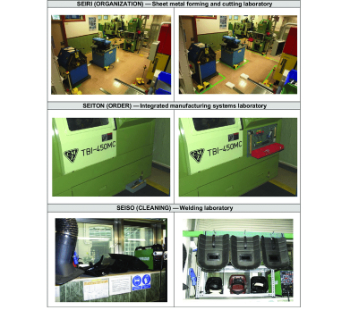About [email protected]
I am proposing to write a new book on Childless Architecture. Any feedback would be welcome.
WHY ARE BUILDINGS DESIGNED WITHOUT ANY THOUGHT FOR CHILDREN?
Children, from toddler to age 16, have absolutely no voice in the design of buildings that they inhabit as users or visitors. Despite sharing spaces and facilities with adults they are marginalized and ignored because the environment is out of scale with their needs and aspirations. I have not conducted a survey of children on this matter as one may find on a liberated media platform, simply because they would not understand where I was coming from. For most of my adult life working as a design professional and lecturer, and especially having had 6 children of my own and four grandchildren, I have always felt guilty that the environment in which children are reared from birth has been designed as though they do not exist. I used to think, as did everyone, that this exclusion was ‘normal’ by being economically and socially acceptable considering the sheer weight of historical precedence and current powerful directives from all walks of society. If one acknowledges that we have made mistakes in the devaluation of Child Accessible Architecture, then this will be deemed appropriately linked to other mistakes the human race has made with regard to global warming, energy crisis and the survival of this planet.
But children are cared for when it comes to the clothing industry by providing apparel and shoe-wear to cater for all ages; the toy and game industry that provides age group products; the food industry likewise. There are playgrounds and skateboard parks designed for varied age groups. There are outdoor activity centres from Aqua pools to theme parks and so on. Disabled children receive deserved attention but usually within the adult disabled category. But the most alarming area of neglect is in the buildings that children learn to live (the home) and be educated (schools). The main gesture of consideration usually results in a ‘playroom’ for the home, and a ‘play area’ for the school. This is not answering the problem as I have stated. The problem with dealing with a client/user such as a child is that compared with other users such as an office organization, or a restaurant owner, or a retail shop, is that the child is under represented by not being adult enough for dealing with such matters. So we have specialist groups who think they know what is best for children and commandeer the arena as impersonators when in fact they have failed to consider their real architectural needs.
Featured articles and news
The Buildings of the Malting Industry. Book review.
Conserving places with climate resilience in mind.
Combating burnout.
The 5 elements of seiri, seiton, seiso, seiketsu and shitsuke.
Shading for housing, a design guide
A look back at embedding a new culture of shading.
The Architectural Technology Awards
The AT Awards 2025 are open for entries!
ECA Blueprint for Electrification
The 'mosaic of interconnected challenges' and how to deliver the UK’s Transition to Clean Power.
Grenfell Tower Principal Contractor Award notice
Tower repair and maintenance contractor announced as demolition contractor.
Passivhaus social homes benefit from heat pump service
Sixteen new homes designed and built to achieve Passivhaus constructed in Dumfries & Galloway.
CABE Publishes Results of 2025 Building Control Survey
Concern over lack of understanding of how roles have changed since the introduction of the BSA 2022.
British Architectural Sculpture 1851-1951
A rich heritage of decorative and figurative sculpture. Book review.
A programme to tackle the lack of diversity.
Independent Building Control review panel
Five members of the newly established, Grenfell Tower Inquiry recommended, panel appointed.
Welsh Recharging Electrical Skills Charter progresses
ECA progressing on the ‘asks’ of the Recharging Electrical Skills Charter at the Senedd in Wales.




















